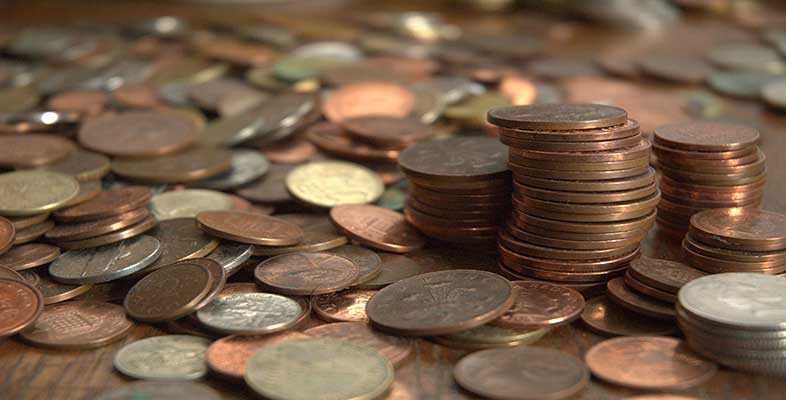3.2 The effect of profit on the accounting equation
In Section 2 we looked at the three elements of the accounting equation – assets, liabilities and capital – and how these three elements are presented in the balance sheet. However, a business’s trading activities, i.e. its income and expenses incurred in order to generate profit, are not shown in the balance sheet.
Below is an abridged balance sheet of a firm at the beginning of a financial period and before any trading has taken place.
| Assets | £ |
|---|---|
| Premises and equipment | 40,000 |
| Stock | Total 6,000 |
| Total assets (A) | 46,000 |
| Liabilities | |
| Creditors | Total 19,000 |
| Total liabilities (L) | Total 19,000 |
| Net assets (A – L) | Total 27,000 |
| Capital (C) | Total 27,000 |
Included in the firm’s stock account at the beginning of the year are seven cameras that cost £100 each. On the second day of the year, the business sells one of these cameras for £175 cash. The firm will thus have gained £75 on this transaction.
How is this profit-making sale reflected in the accounting equation?
If we analyse the transaction, Peter’s Photographic Enterprises (PPE) has received £175 cash from the customer, so that means net assets are increased by £175.
(Net assets of £27,000 + £175 = £27,175)
At the same time, an asset has disappeared. The stock will be down by one camera, and so that must be reflected in the accounts.
(Net assets of £27,000 + £175 cash – £100 stock reduction = £27,075)
If you remember, we established that the main objective of the business was to generate profit for the owners. That is what has happened here, the business has gained an asset of £175 against giving up a camera that cost £100. In other words, the transaction has resulted in an income of £175 and an expense of £100. The transaction has thus created a profit of £75 (£175 – £100) for the owners assuming there are no other expenses.
(Net assets of £27,075 = Owner ’s capital of £27,000 + £75 profit or increase in owner ’s capital)
The accounting equation thus balances, but the business has other expenses that need to be taken into account. Suppose PPE buys advertising for £30 cash. This will reduce the profit created by £30 as well as reducing cash.
(Net assets of £27,075 – £30 (decrease in cash) = Owner’s capital of £27,075 – £30 (decrease in capital))
What would be the effect on the balance sheet of the two transactions above?
After this a new balance sheet can be drawn up showing net assets of £27,045 and capital of £27,045. The business has made a profit or financial gain of £45 since the previous balance sheet. The balance sheet, however, does not give a breakdown of profit into income and expenses and for that we need the profit and loss account that will be discussed in more detail in the next section.
What is the new accounting equation once Income (I) and Expenses (E) are included?
The net figure of income less expenses is calculated at the end of the financial period in the profit and loss account. This net figure, either a profit or a loss, is then transferred to the capital account. The accounting equation can be extended to show this change to capital: A – L = C + (I – E).
Information point
You should realise from the equation A – L = C + (I – E) that if a business makes a profit in a financial period (i.e. I > E) then capital (C) will have increased for the business over the financial period. If a business has made a loss in a financial period (i.e. I
